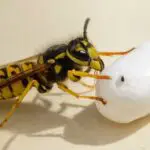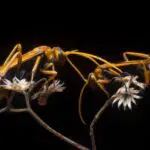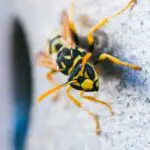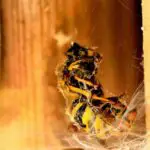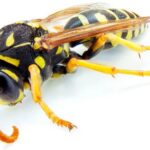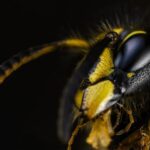Do Wasps Have Stingers?
Often, homeowners wonder, “Do wasps have stingers?”. The answer is yes. Although most insects can’t sting, there are a few species that do.
When a wasp feels threatened, it attacks in order to protect its nest. The stinger is designed to strike multiple times.
The venom carries enough pain to make large animals think twice about approaching the wasp. The stinger also paralyzes the prey for easier transport back to the nest.
The wasp’s stinger has a bulb-type base and a medial slender region. The venom is transported through a hollow venom canal. The stylet is also a part of the stinger.
The paper wasp stinger is very similar to the stinger of the honey bee. But the paper wasp stinger’s insertion mechanics are more advanced and the chemical composition is different. The stinger requires 6-8 mN to pierce the skin.
The length of the stinger is inversely related to the toxicity of the venom. It averages 2.67 +- 0.38 mm in length.
A wasp’s stinger has paired lancets, each of which has a hollow shaft. This helps make the stinger lightweight.
Wasp stings are painful and usually cause oedema in the area of the sting. This is particularly dangerous if the oedema affects the airway. The oedema can persist for several hours and cause blistering. If you feel a sting coming on, you should apply an ice pack. If the pain is not too severe, you may be able to take an antihistamine drug to help with the itching.

